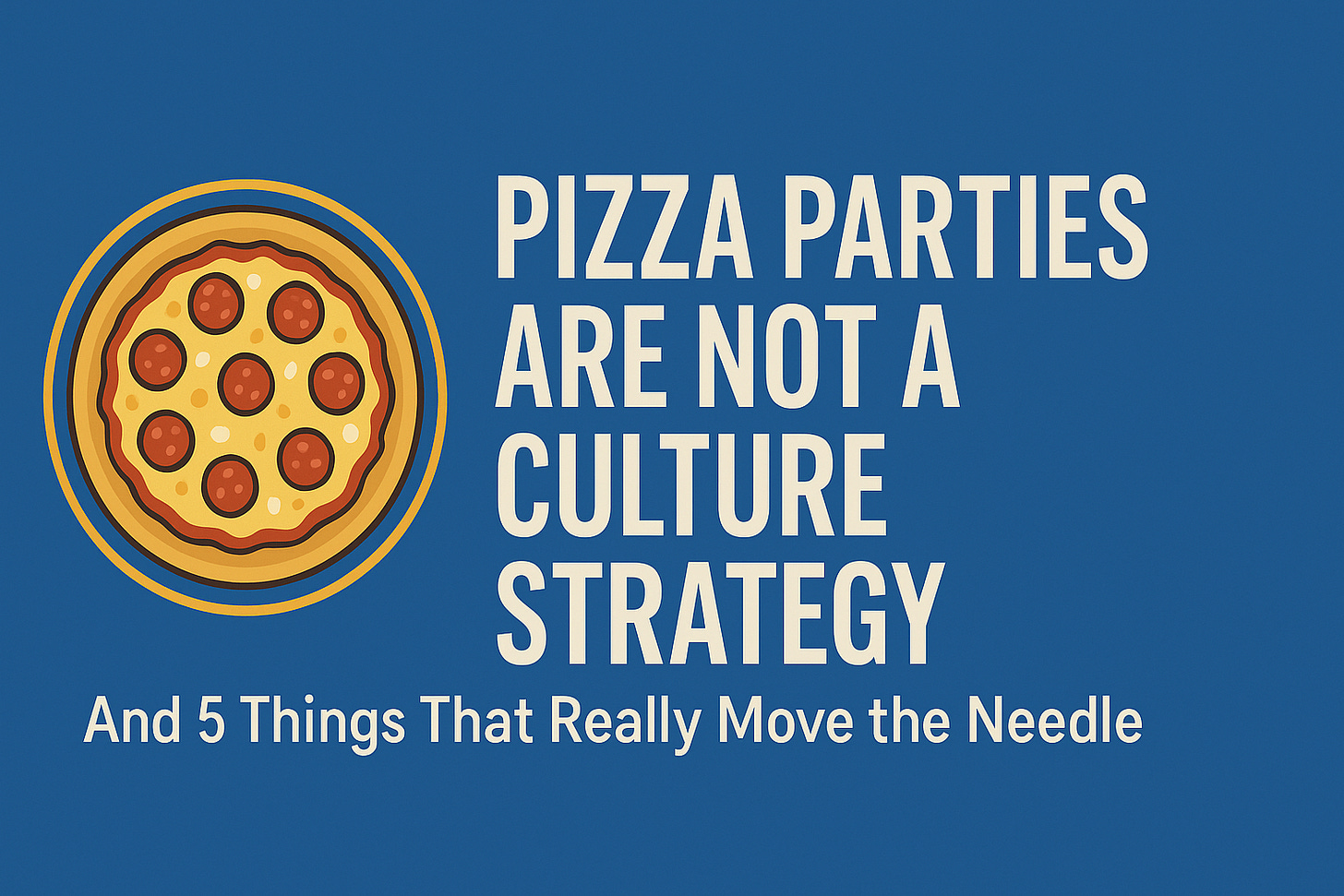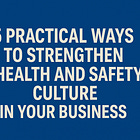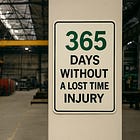Pizza Parties Are Not a Culture Strategy and 5 Things That Actually Move the Needle
Hello and welcome to this week’s edition of Safety Pro Weekly.
You’ve seen it all before.
Your front-line team meets a safety or production goal and senior management proposes a pizza party. The gesture is appreciated by the team and all seems well.
But the following week a target is missed and management comes down hard on the team. All of the goodwill quickly evaporates.
Subsequent rewards seem to feel less and less satisfying and eventually are seen merely as attempts to buy good behaviour. What started out as a great idea no longer seems to motivate the team and becomes either an expectation or even a cause for derision among employees.
In this article:
Pizza parties and the like are nice enough in the moment, but the good feelings quickly disappear.
These perks often don’t tie in to any specific systems or processes that make your team safer in the long term.
Instead, focus on building long term habits that lead to a stronger safety culture. Lead by example, involve workers in safety programs, build 2-way communication and reinforce the right things.
Workplace pizza parties and similar rewards are quite literally a short-term dopamine hit: it feels good in the moment, but the effect fades quickly. The excitement wears off, people get used to it and before long it stops motivating anyone.
Here’s why pizza parties don’t work and some ideas for things that will really move the needle in your safety program.
Perks vs. Culture
Look, we all love short term perks once in a while. Nothing wrong with that, but they don’t address root causes of a particular behaviour. Employees tend to see them as transactional or performative in nature and it all feels rather manipulative in the end.
If there is no tie-in to systems, processes, or accountability, the perks fade quickly.
What you actually need is meaningful change.
Here are 5 things that build your safety culture far more than any pizza party or reward system will:
What Actually Moves the Needle (5 Strategies)
1. Leaders Who Walk the Talk. There is no substitute for leaders who set the right example. When senior management buys in and shows that they are no exception to safety protocols, getting buy-in from front line workers becomes so much easier. Imagine the captain of hockey team who didn’t participate in skating drills or the star baseball player who skips batting practice. If this happens often, the motivation and morale of the team quickly disintegrates.
2. Consistent, Two-Way Communication. We often associate good communicators as people who speak eloquently. But that’s only half of the process. Listening is a much more underrated and difficult skill. It requires patience, empathy and a willingness to admit you might have something to learn. It’s not easy and takes time to learn, but the benefits of being a good listener are massive.
3. Equip Workers to Succeed. Part of our job as safety professionals is giving workers the tools they need to succeed. Not only the physical tools required for the job, but proper training, adequate staffing and the support they need to do the job safely and efficiently.
4. Worker Involvement in Problem-Solving. Your workers do their job 8 hours a day, 5 days a week for months and years. They know their job better than anyone – including you. Developing a sense of shared ownership for safe work practices builds motivation for team members and gives them a chance to really contribute to your health and safety initiatives. People support what they help to create. When workers feel a part of the safety program, they are much more likely to buy in.
5. Measuring & Reinforcing the Right Things. hat gets measured gets improved. It’s important to set the right KPIs and reinforce behaviours that align with safety goals. This doesn’t mean the “0 days without accidents” board, individual employees have little control over things like that. Instead focus on process goals such as inspections conducted, safe behaviour observations or hazards or near misses identified.
Culture is built through trust, systems, and shared ownership. Perks are fine, but they don’t replace meaningful change. Change is harder and requires a consistent, long term and ever vigilant approach.
That’s it for this week. I hope you found this useful.
Let me know in the comments what ways you’re working on to build a solid safety culture that outlasts the short term buzz of the office pizza party.
Safety Pro Weekly is published every Tuesday on LinkedIn and Substack.
Cheers,
Dan.






